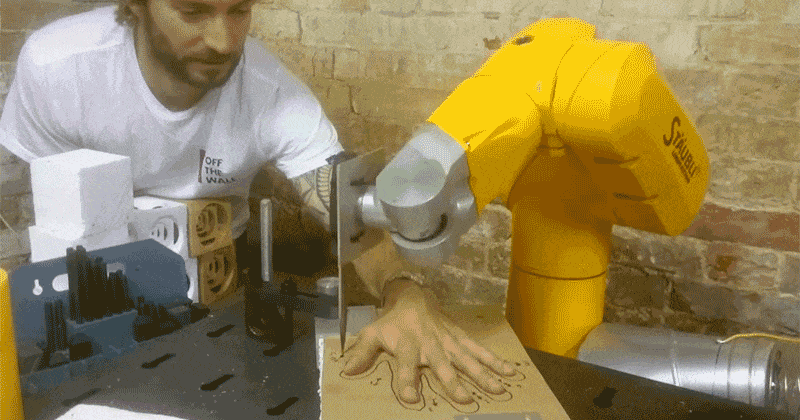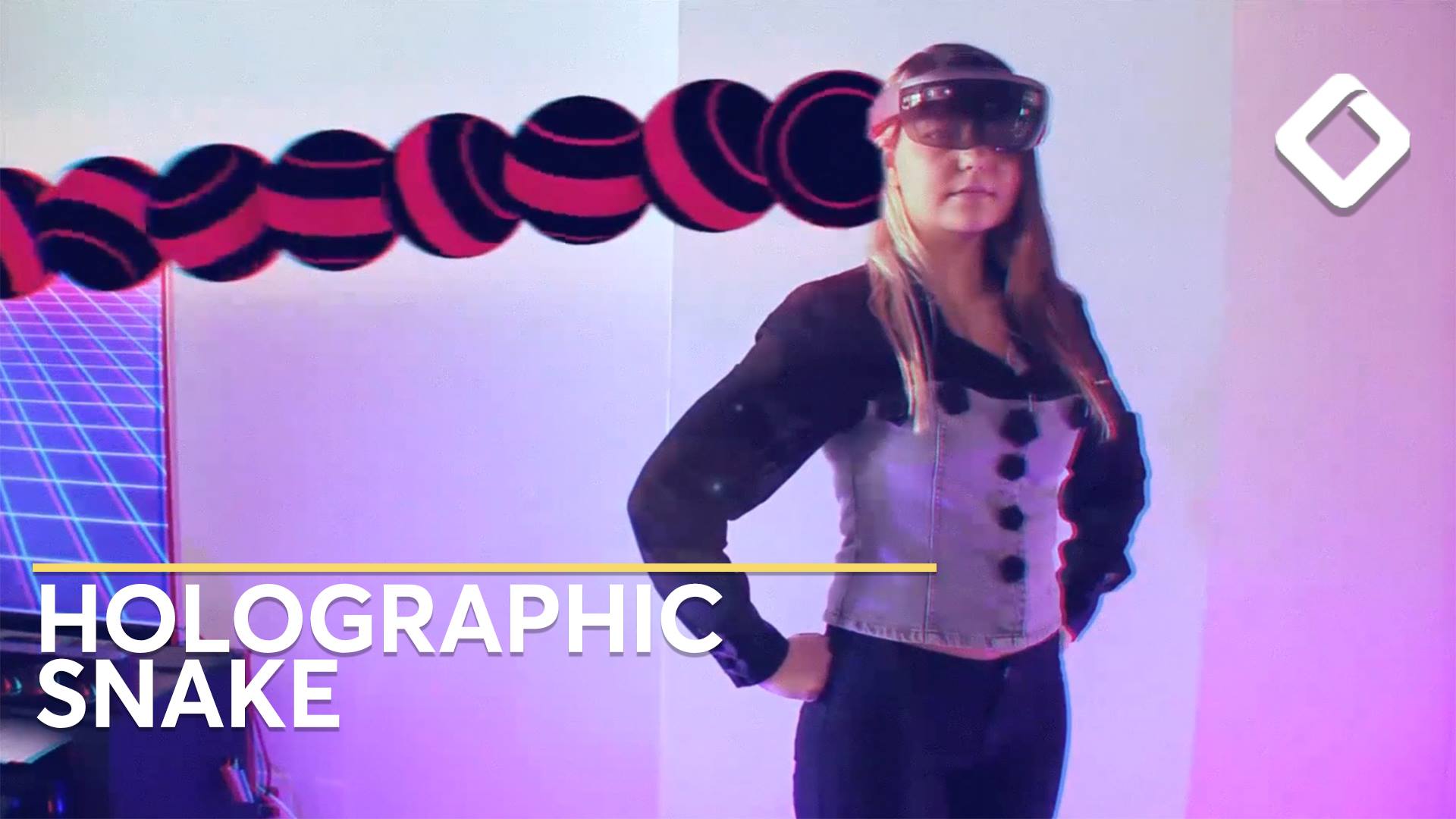Uber wants to test its network of VTOL aircraft in Dubai by 2020.
Kingii Flotation Bracelet
Posted in futurism
Interesting Futurism Animation 38
Posted in futurism
Language Rewires Our Brain
Posted in neuroscience
Holographic Snake
Posted in augmented reality, entertainment
Pocket Doctor
Posted in biotech/medical









